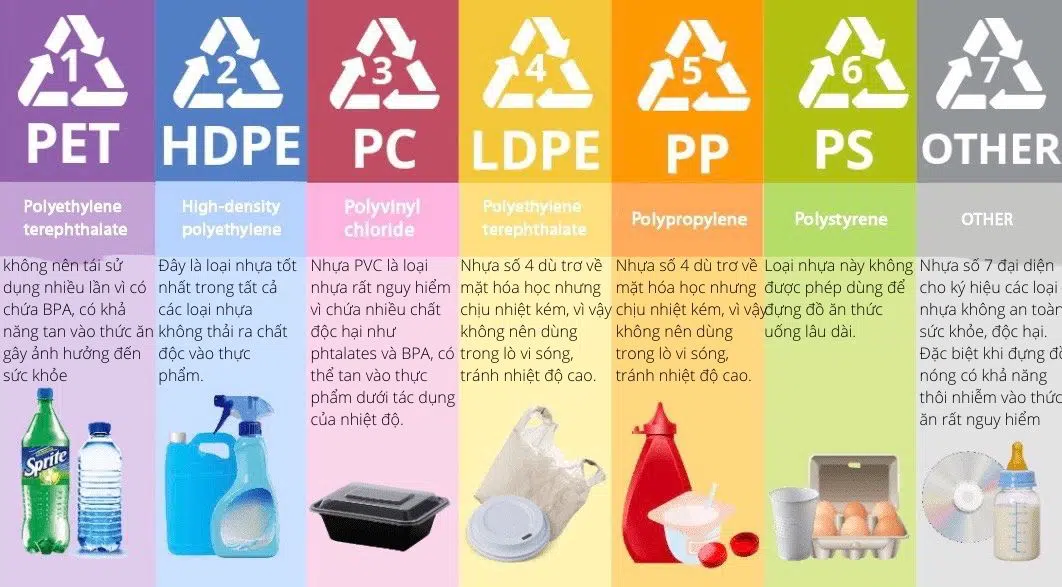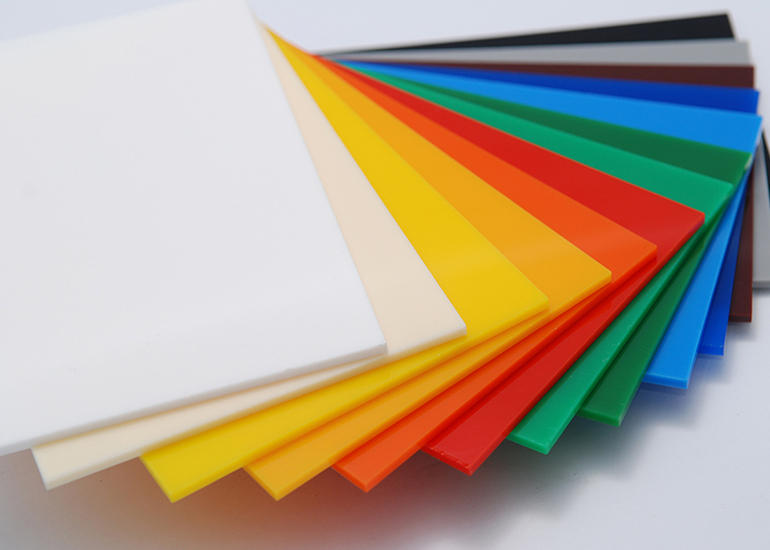PVDF plastic is widely used in many professions because of its superior characteristics. In the following article, TAELIM will introduce this type of plastic with detailed information for you to understand.
Learn about PVDF plastic
PVDF, whose full name is Polyvinylidene Fluoride, also known as polyvinylidene difluoride (PVF2), is a semi-crystalline fluoropolymer belonging to the thermoplastic group. This type of plastic is notable for its high purity and heat resistance up to 150°C. The structure of PVDF is formed from alternating CH2 and CF2 groups, giving the material unique properties such as insolubility in many solvents and excellent electrical insulation.
The second most popular fluoropolymer after PTFE, PVDF is renowned for its excellent combination of mechanical strength, chemical resistance and processability. PVDF is available in a wide range of melt rates and can be supplemented with additives to optimize its performance in manufacturing processes and industrial applications. This versatility makes PVDF an important material in a wide range of industrial sectors.
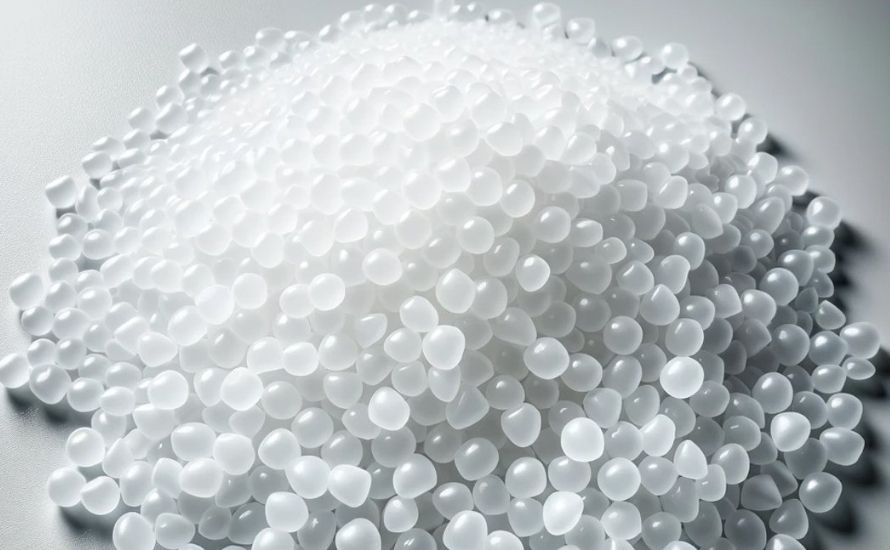
>>> See more: The Potential of Recycled Plastic in the Production of Children's Toys
Basic properties of PVDF resin
PVDF (Polyvinylidene Fluoride) is an extremely versatile polymer, featuring superior properties that make it an ideal choice for many applications. Here are some of the outstanding properties of this plastic for you to understand:
- Chemical resistance: PVDF is resistant to harsh chemicals, acids, and solvents, making it the perfect choice for environments exposed to corrosive substances.
- Thermal stability: With its high melting point and good thermal stability, PVDF maintains its performance even under high temperature conditions, making it reliable for applications requiring heat resistance.
- Outstanding insulation: PVDF resin is famous for its excellent insulation ability, widely used in the electrical and electronic fields, ensuring safety and high insulation performance.
- Mechanical strength: PVDF has impressive hardness and durability, withstands high impact and pressure, suitable for applications requiring high durability.
- UV Resistance: PVDF is resistant to ultraviolet rays, making the material suitable for outdoor applications, withstanding direct exposure to sunlight.
- Weather resistance: PVDF is not affected by harsh weather conditions such as rain, snow or air pollution, providing long life in outdoor environments.
- Lightweight: With its low density, PVDF is an ideal choice for applications where weight reduction is required while maintaining strength.
- Piezoelectric properties: PVDF has the ability to generate an electric charge when subjected to mechanical stress, making it ideal for applications in sensors and electronics.
- Transparency: PVDF is transparent to some wavelengths of radiation, especially in the infrared range, making it useful in optical applications.
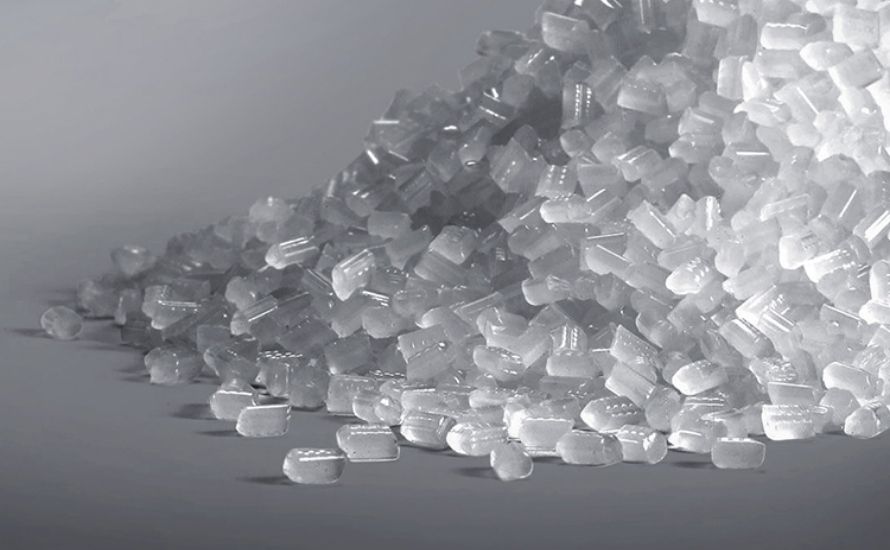
Advantages and disadvantages of PVDF plastic
PVDF is a material with many outstanding properties, but it also has some limitations. Below is a detailed look at its advantages and disadvantages to help you get an overview of the application of this material.
Advantages of PVDF
Currently, this type of plastic is widely used in the production of popular products because of the following outstanding characteristics:
- High Tensile Strength: PVDF features superior tensile strength, higher than most other fluorocarbons, making it an ideal choice for applications requiring strength and rigidity.
- Good radiation resistance: This material has better radiation resistance than many other fluoropolymers, increasing reliability in environments exposed to various types of radiation.
- Easy to heat process: PVDF resin can be easily processed through a melting process, providing flexibility in manufacturing and allowing for wide applications in many industrial fields.
- Abrasion resistance: This material has good resistance to abrasion, ensuring durability and long life in environments that are subject to many impacts.
- Chemical Resistance: PVDF has good resistance to a wide range of chemicals, including acids, alkalis, and strong solvents, making it an ideal choice for industrial environments.
- Good heat resistance: With the ability to withstand temperatures up to 150°C (300°F), PVDF retains its structure and performance under high temperature conditions, suitable for extreme temperature applications.

Disadvantages of PVDF plastic
Besides the outstanding advantages mentioned above, this type of plastic still has some specific limitations as follows:
- High energy loss factor: PVDF has a fairly high energy loss factor, which can lead to reduced efficiency in some applications requiring energy optimization.
- Clean process requirements: To process PVDF, machinery needs to be extremely clean to avoid contamination, which can complicate and increase production costs.
- Limitations in fiberglass reinforcement: This material cannot be reinforced with fiberglass due to degradation issues associated with boron, limiting improvements in some applications.
- Poor resistance to acid fumes: PVDF has poor resistance to acid fumes, which may limit its application in special acid-containing environments.
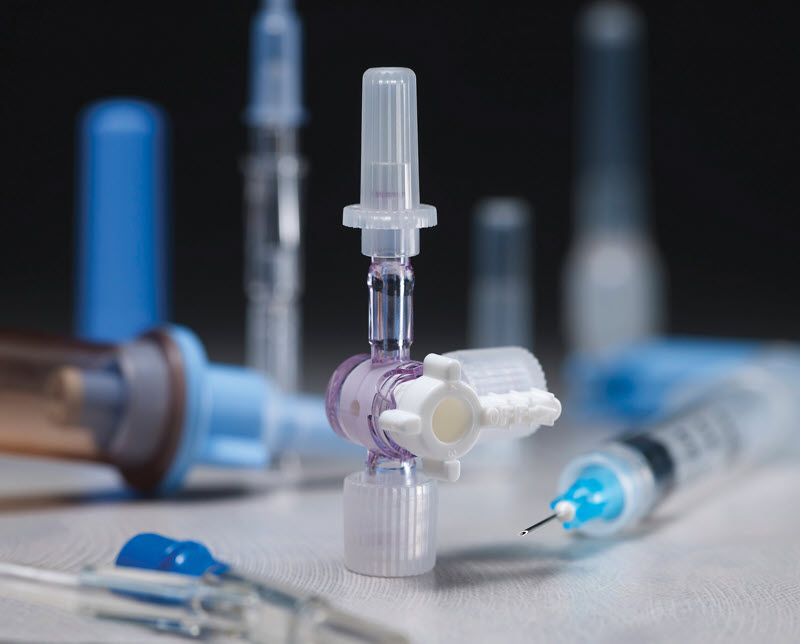
Applications of PVDF resin
PVDF stands out for its versatility and many outstanding features, which makes it widely used in many industrial fields. Below are typical applications that demonstrate the value of this plastic in practice.
Chemical processing industry
Due to its excellent chemical resistance, PVDF is widely used to manufacture equipment such as pipes, valves, tanks, and fittings in chemical processing systems. This material is resistant to harsh chemicals, ensuring durability and reliability in harsh environments.
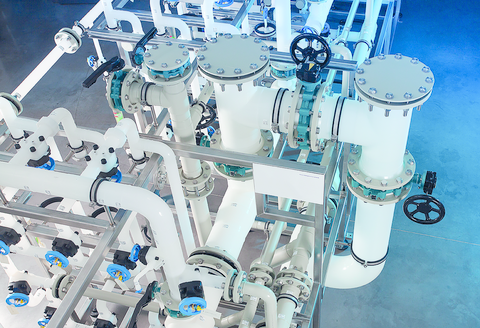
PVDF plastic applications in the electrical industry
With its high electrical insulation and temperature resistance, PVDF is a top choice in the electrical industry. It is commonly used for cable insulation, wire coating, and circuit board protection, where tight control of conductivity and high safety are required.
Water treatment system
PVDF resin is also widely used in water treatment systems due to its high chemical resistance and durability. This material is used to manufacture pipes, filter membranes and other important components. In particular, PVDF membranes are essential components in reverse osmosis desalination plants, providing effective ion filtration during water treatment.
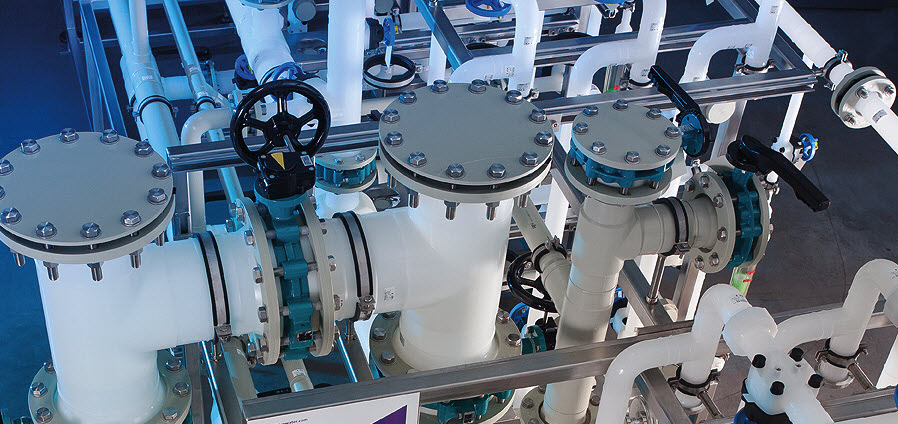
Architectural paint
In the construction industry, PVDF paints are popular due to their excellent UV and weather resistance. They are often used on facades, roofs and exterior surfaces of buildings, providing long-term protection against corrosion, fading and damage caused by harsh weather conditions.
Application of PVDF plastic in the medical industry
In the medical field, PVDF is an important raw material in the production of devices such as catheters, surgical instruments, implants, dialysis membranes and drug delivery systems. With its biocompatibility and good resistance to sterilization processes, PVDF is considered an ideal choice for many important medical applications.
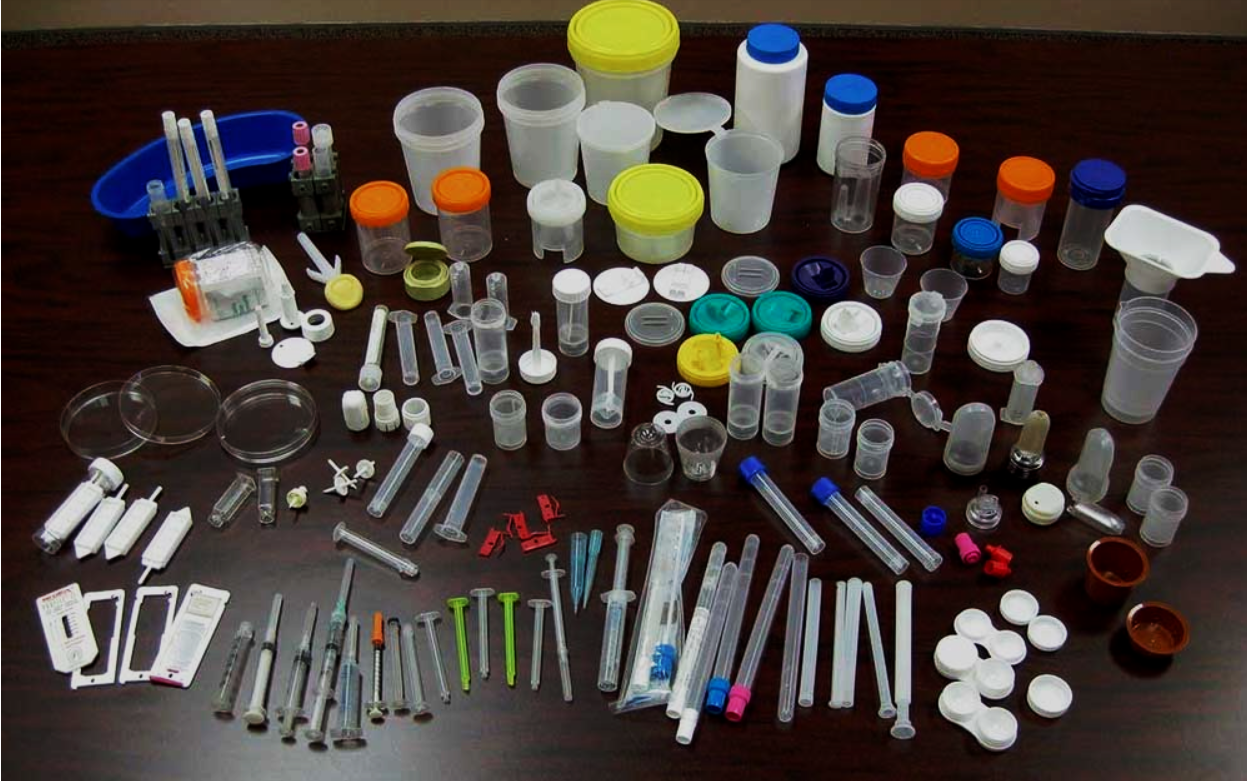
>>> See more: Characteristics and Applications of PP Plastic in Life
Recently, TAELIM has provided information about PVDF plastic with outstanding advantages. This type of plastic has brought many outstanding advantages in industries, from chemical processing, water systems to medical, electrical and architectural, affirming its value in applications requiring high performance and durability.
TAELIM International Transport Company Limited
With the desire to support the development of the plastic industry by providing high quality plastic pellets and services. Taelim Plastic is one of the Vietnamese plastic companies with many years of experience, with a long history of development, specializing in the production, trading, import and export of recycled pellets. By applying advanced technology, meeting European standards with a strict process, we ensure to bring customers the best products and services.
ADDRESS: SH109 Vinhomes Marina, Hai Phong
PHONE: (+84) 9815 888 16
EMAIL: hatnhua.taelim@gmail.com
